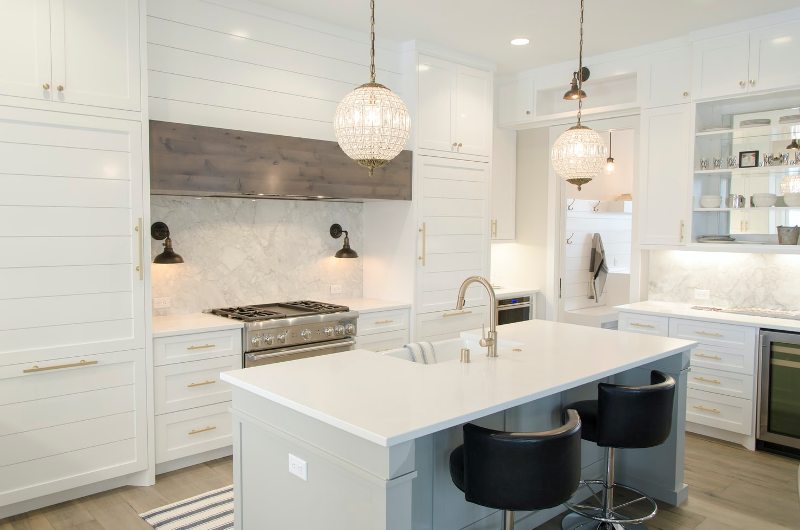If you are looking for a way to improve the look and feel of your home, consider installing a new lighting system. Lighting can make or break the mood in any room, so it is important that you choose something that complements the existing décor. In this article, we’ll discuss some things to keep in mind when choosing a cool lighting system for your house.
What Is A Lighting System?
It’s what provides light for your house, and potentially for your garden/backyard as well. It can be anything from a simple light switch to a complex automated system.
You may have chandeliers, fluorescent tubes, wall lamps, bedside lamps, solar-powered garden lamps, and more. What you choose should largely depend on your budget and home style – and of course its purpose and function.
Get Professional Advice
Lighting design is a really great way for professionals in this industry to help increase energy savings whilst creating an aesthetically beautiful space. There are many different types of interior lights you can choose from, including wall washers and sconces that give off moody glows or other options like recessed downlights to provide directional illumination. Professional companies can explain all the available options and apply their knowledge and experience to choose what would most suit your living space.
The internet should be your first port of call, whether it’s visiting Pinterest for inspiration or specialist websites that can guide you. It’s possible to learn from this website that many people seek high-end lighting control systems for homes and commercial spaces that are designed and installed by specialist companies. Whether it’s an electronic curtain and blind controls, mood lighting control systems for single rooms, or a bespoke lighting design, assistance can be quickly accessed via the internet.

Use An Electrician
If you don’t use a specialist company be sure to hire a qualified electrician so they can do your wiring and installation. Safety is extremely important, and a professional will know best how to maintain this for himself and your household.
Try to get a quote from different electricians before you choose, so you can select a realistic price. Also, let them use their experience to recommend the best options for your rooms.
Traditional vs. LED Lighting
In the past, most people had an incandescent bulb in every room. It uses electricity to produce light by heating it up so that its filament glows. These kinds of bulbs do not last very long (usually only around 1000 hours) before you need to replace them. This is because the filaments break down from constant use, and over time they can sometimes become dangerous. These bulbs also give off a lot of heat and are energy inefficient.
The alternatives to the traditional bulb have been fluorescent, LED, and halogen lights and they are much more eco-friendly than they used to be. They are still relatively new to homes, and there are many LED house lighting systems available on the market.
The advantages include:
- LEDs use around 80% less energy than incandescent or halogen equivalents
- LEDs can last for many years before they need replacing (depending on how often you use them)
- LEDs do not generate heat like other more conventional lamps which means that your electricity bill will be much lower overall
Soft And Indirect Lighting
When you’re thinking about lighting, dimmers are a must. They can be used on lights as well as chandeliers, and you can adjust them for mood, ambiance and to suit the time of day.
Another option is adding dimmable floor lamps in your living room if there isn’t already one placed beside the couch. This way guests can easily adjust the room brightness and feel like they have complete control over their surroundings. Soft indirect natural light is another way to brighten indoors and to save money on energy consumption from artificial light sources such as bulbs. You may also wish to check out recessed lighting, under-cabinet lighting, and spotlighting.
When it comes to the outdoors you could wire something up or use solar lights to save electricity. In terms of indoors, determine how much power you need based on the size of your house and the number of rooms/spaces that need to be lit up. Make sure it fits in with the style and decor of your home, and of course your budget. Whilst any changes will cost you money they will be an investment into the functionality and enjoyment of your home, whether it’s for you, your family, or your visitors.






